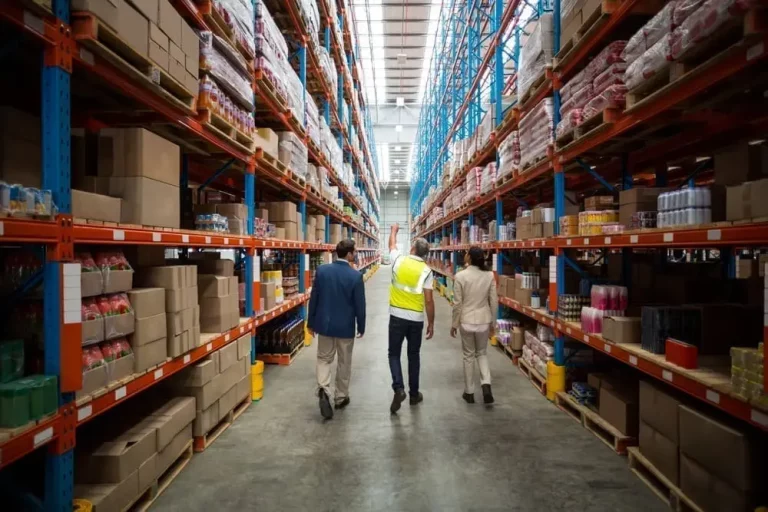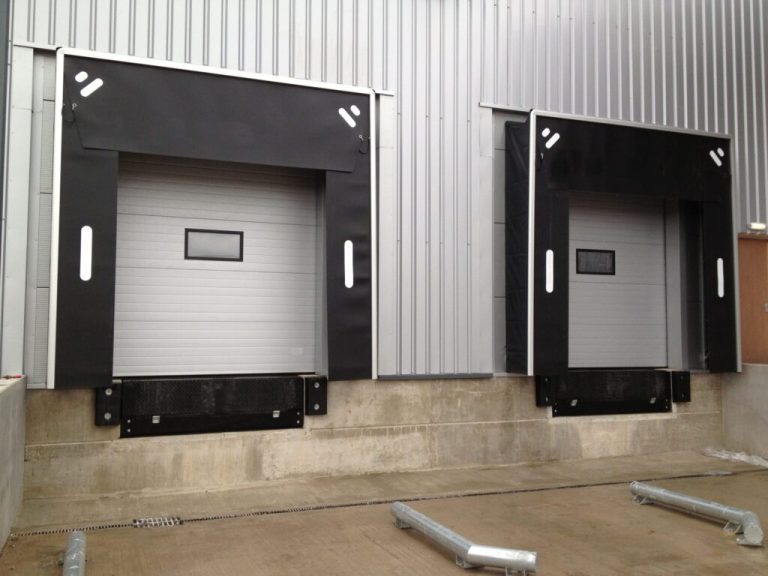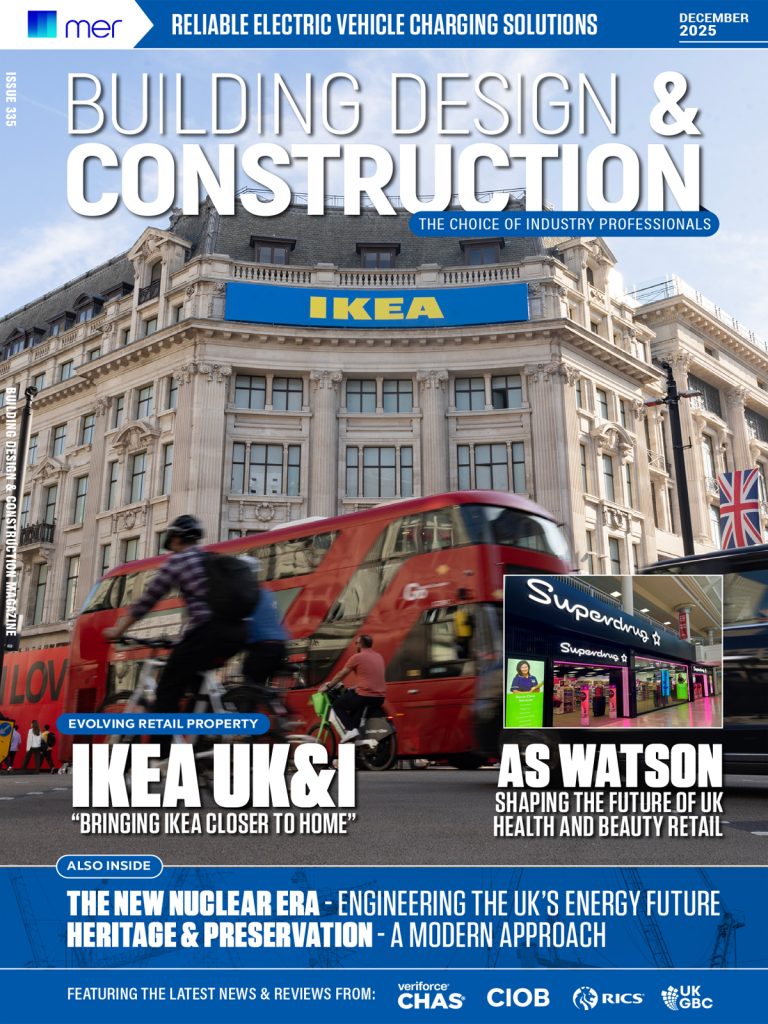Casino real estate has long been synonymous with glamour, luxury, and entertainment. From the iconic casinos on the Las Vegas Strip to the sophisticated venues in Monte Carlo, these establishments have historically been at the heart of vibrant cities, attracting visitors from around the world. However, as the industry evolves, the value of casino properties is being redefined, driven by cutting-edge designs, innovative technologies, and the need to create more immersive and appealing environments. The casino industry is no longer just about gambling; it has transformed into a multi-faceted experience where property and real estate play a crucial role. As developers and investors seek to attract a wider audience, modern casinos are integrating new architectural designs and state-of-the-art technologies that enhance both the aesthetic appeal and functionality of these spaces. Design Innovations in Casino Real Estate Today’s casino properties are not merely places for gaming—they are entertainment complexes, resorts, and lifestyle destinations. Designers are pushing the boundaries of traditional casino architecture by incorporating sleek, contemporary designs that blend seamlessly with their surroundings. The exterior and interior design of modern casinos often reflect the local culture or the overall theme of the property, providing a unique experience for visitors. One key trend in casino real estate is the integration of multi-use spaces. Casinos now frequently feature luxury hotels, gourmet restaurants, retail spaces, and entertainment venues under one roof. This “one-stop” experience not only maximises foot traffic but also increases the time visitors spend on the property, boosting overall revenue. For example, newer casinos are incorporating open layouts and expansive floor-to-ceiling windows to flood the interiors with natural light, a stark contrast to the traditionally dark and enclosed designs of older casinos. These features not only create a more welcoming atmosphere but also allow visitors to enjoy panoramic views, particularly in destination casinos located near beaches, mountains, or cityscapes. Technology as a Driver of Value In addition to innovative designs, advanced technology is playing a pivotal role in the valuation of casino real estate. From high-tech gaming systems to digital interfaces, technology enhances both the operational efficiency and the customer experience. Smart systems manage everything from security and climate control to customer preferences and gaming trends, helping casino operators provide tailored experiences to their visitors. Technological innovations such as virtual reality (VR) and augmented reality (AR) are also making their way into casino spaces, offering a futuristic gaming experience. In the future, patrons could gamble in virtual worlds, try their luck on AR-enhanced slot machines, or even explore digital replicas of famous casinos. Furthermore, sustainable technologies are being embraced in the construction and maintenance of these properties. Green building materials, energy-efficient lighting, and renewable energy sources such as solar panels are becoming more common. These environmentally friendly technologies not only reduce operational costs but also appeal to an increasingly eco-conscious clientele, adding long-term value to the property. Location and Amenities: Key Factors in Casino Property Value Location has always been a significant factor in determining the value of real estate, and casinos are no exception. Casinos situated in prime locations, such as city centres or popular tourist destinations, tend to command higher values due to their accessibility and proximity to other attractions. City-centre casinos, in particular, often benefit from the influx of business travellers and tourists, ensuring a steady flow of visitors throughout the year. However, it’s not just about the location—it’s also about the amenities available on-site. Modern casino properties are equipped with a wide range of amenities designed to enhance the visitor experience. Luxury hotels, fine dining establishments, world-class entertainment, and wellness centres such as spas and gyms are becoming standard features in casino resorts. By offering a full spectrum of services and experiences, these casinos can attract a more diverse clientele, including those who may not be interested in gambling but are drawn by the entertainment, dining, and accommodation options. Payment Methods in Casinos: Evolving with Technology While real estate and property design are crucial to the value of casinos, the ease of transactions is also an essential part of enhancing customer experience. Payment methods in both city-centre casinos and online casinos have evolved to provide faster, more secure, and more convenient options for players. Choosing the Right Payment Method When selecting a payment method, several factors come into play, such as transaction charges, processing times, and ease of use. Players should prioritise security and look for options that are not only convenient but also cost-effective. Different methods come with varying fees and processing times, and some payment options may even offer bonuses or promotions. For a complete guide to choosing the best payment method, players can explore various options available through platforms like: www.oddschecker.com/casino/payment-methods E-Wallets: The Future of Online Casino Payments E-wallets have become increasingly popular in the online casino world due to their high level of security and ease of use. These digital wallets allow players to store funds for quick and secure transactions, often featuring advanced security measures like two-factor authentication and encryption. An E-wallet such as Skrill, Neteller, and PayPal are widely accepted by most online casinos, and they typically process transactions instantly with lower fees compared to traditional payment methods. Cryptocurrencies: A Rising Star Cryptocurrencies are quickly gaining traction in the online gaming industry, including online casinos. Blockchain technology ensures that once a transaction is made, it cannot be altered, providing players with the highest level of security. Additionally, cryptocurrency transactions are processed instantly, and most online casinos do not charge any fees for using them. This makes digital currencies like Bitcoin and Ethereum highly attractive for players seeking a fast, secure, and cost-effective payment solution. Conclusion The value of casino real estate is undergoing a significant transformation, driven by new designs, innovative technologies, and strategic amenities that cater to a broader audience. As casinos become more than just gaming hubs, their real estate becomes more valuable, offering an all-encompassing experience that blends entertainment, dining, accommodation, and more. Additionally, as the industry moves forward, adopting modern payment methods like e-wallets and cryptocurrencies will














